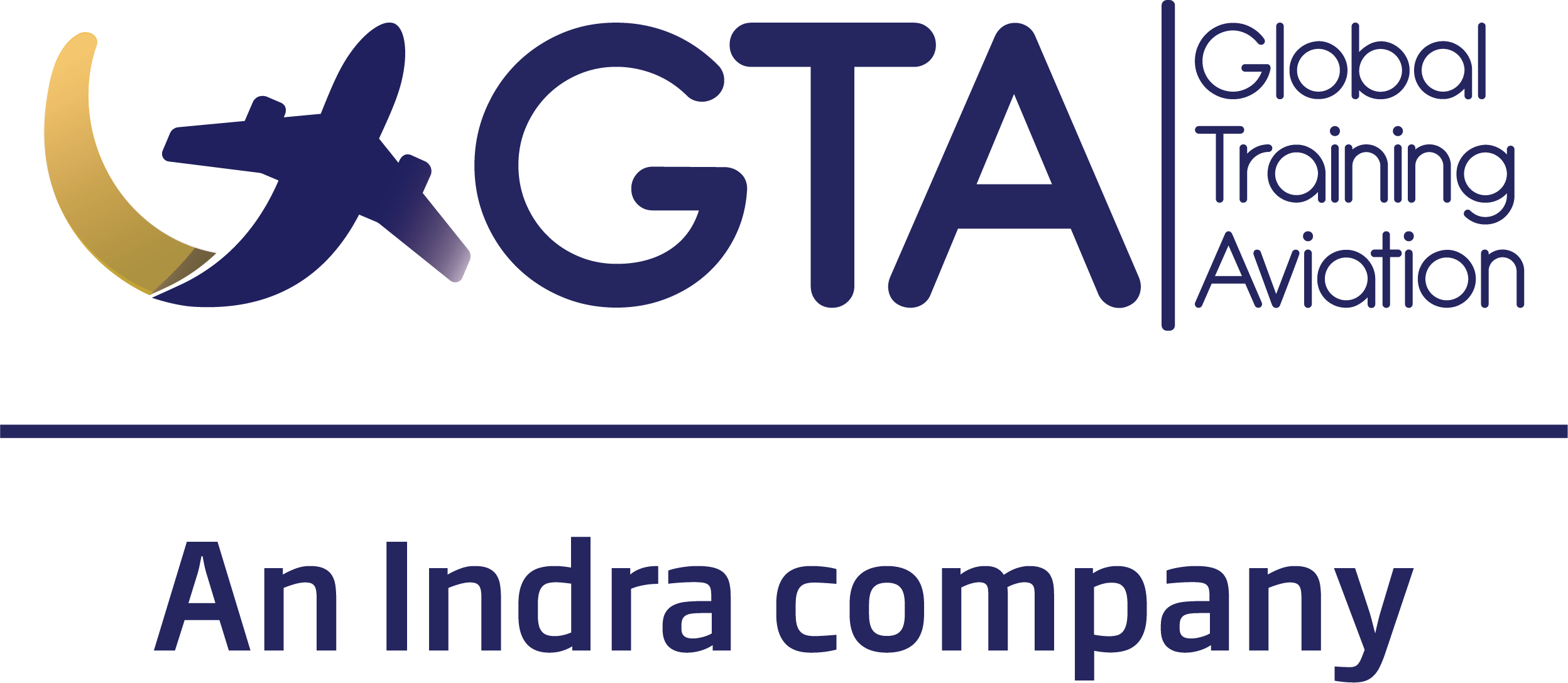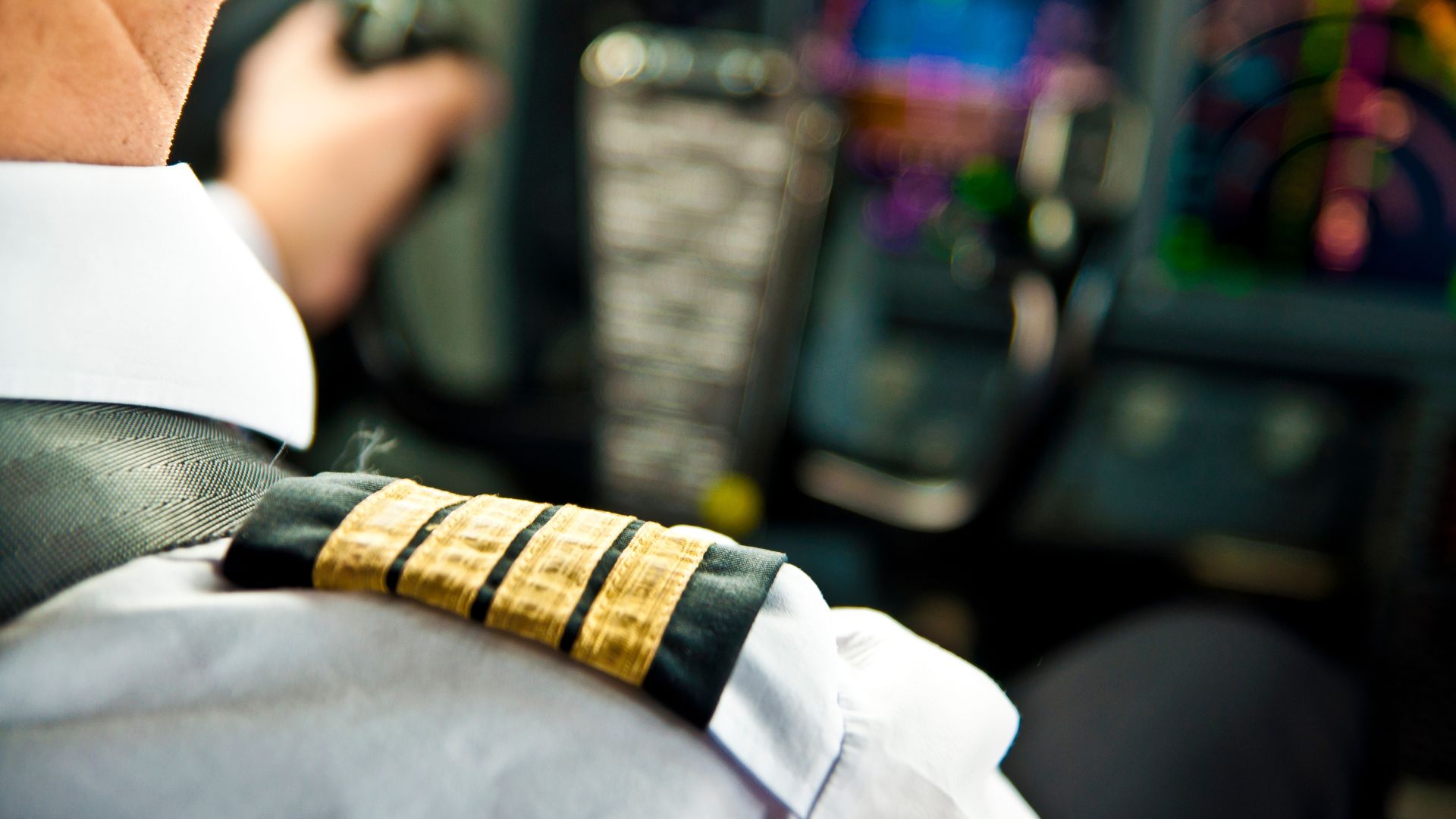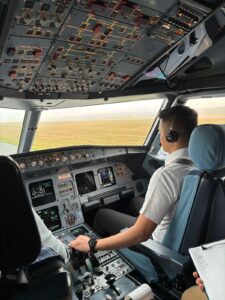Starting a career as a commercial pilot requires understanding the different types of licenses available. Two of the most important certifications in professional aviation are the Commercial Pilot License (CPL) and the Airline Transport Pilot License (ATPL). While both allow pilots to work in commercial aviation, they serve different purposes and open distinct career opportunities. In this article, we will explore their differences and help you determine which one suits your goals best.
What is a CPL?
A Commercial Pilot License (CPL) is the first step for pilots who want to get paid for flying. With a CPL, pilots can work as first officers in commercial airlines, fly cargo planes, or operate charter and corporate flights. However, CPL holders cannot act as captains in large commercial aircraft without further training and certification.
To obtain a CPL, pilots must complete a structured training program, pass multiple theoretical exams, and accumulate, at least, 40 flight hours. They also need to obtain specific ratings, such as a type rating for aircraft like the B737, A320, ATR 500, or ATR 600, depending on the airline’s requirements. Training includes simulator sessions and practical flight experience to develop essential piloting skills under various conditions.
What is an ATPL?
The Airline Transport Pilot License (ATPL) is the highest level of pilot certification. It qualifies pilots to act as captains of commercial airliners and is a mandatory requirement for those aiming to take command of aircraft such as the B737 or A320 in major airlines.
Unlike the CPL, the ATPL is not issued immediately upon passing exams. Instead, pilots initially receive a frozen ATPL, which means they have passed all required theoretical exams but still need to accumulate 1,500 flight hours to obtain the full ATPL. Once these hours are logged, the ATPL becomes “unfrozen,” allowing pilots to apply for captain positions. Additionally, ATPL holders undergo intensive training in multi-crew coordination (MCC), advanced flight planning, and emergency procedures to prepare for the responsibilities of a captain.
Key Differences Between CPL and ATPL
- Level of Responsibility: A CPL allows you to work as a professional pilot, but only an ATPL lets you operate as a captain.
- Flight Hours Required: CPL requires fewer flight hours than an ATPL, which demands a minimum of 1,500 hours to be fully valid.
- Career Progression: Most pilots start with a CPL and work as first officers before gaining the experience needed to upgrade to an ATPL.
- Training Complexity: ATPL training is more demanding, with additional simulator sessions and advanced operational training such as multi-crew coordination (MCC) and type ratings for specific aircraft.
- Type Ratings: While CPL holders can obtain a type rating to operate specific aircraft, ATPL holders typically need multiple ratings throughout their careers to fly different models like the ATR 500, ATR 600, A320, or B737.
Which One Do You Need?
If your goal is to start working as a professional pilot as soon as possible, a CPL is your entry point. However, if you aspire to become a captain for a commercial airline, you will eventually need to obtain an ATPL. Many training organizations, such as Global Training Aviation, offer programs to help pilots transition from CPL to ATPL by providing type ratings and simulator-based training for aircraft like the ATR 500, ATR 600, A320, and B737. Choosing the right training provider ensures you receive high-quality instruction that meets airline standards.
Both the CPL and ATPL are essential milestones in a pilot’s career. Understanding their differences and requirements will help you make the best decision for your aviation journey. Whether you are just starting or looking to advance to the captain’s seat, selecting a structured and well-recognized training program is crucial for long-term success in commercial aviation.







